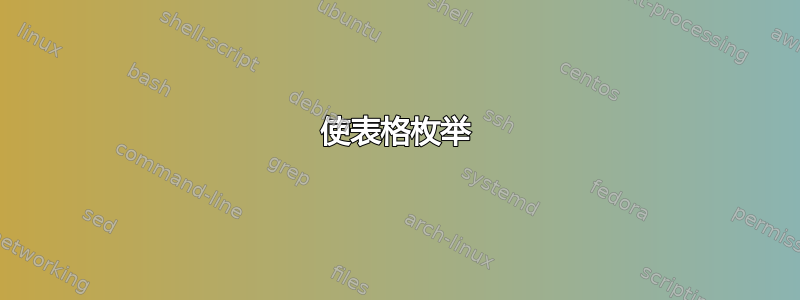
我对 LaTeX 不是很了解,也不知道 LaTeX 命令中哪些词适合我的问题,所以我打算在这里问。
你知道在数学书的问题页上,他们有一个问题,例如:
解这些方程
(a)等式 1 (b)等式 2 (c)等式 3
(d)等式 4 (e)等式 5 (f)等式 6
你如何在 LaTeX 中做到这一点?
是的,我试过搜索,但是枚举列表和表格这不是我想要的。
我希望它看起来像数学书中的问题页。
这是我想出的代码:
\begin{enumerate}
%question <<Question 6 page 68 Pure Mathematics 1>>>
\item Solve the following inequalities.
\begin{enumerate}
\begin{tabular}{ l c r }
\item $ \dfrac{1}{3}\left(8x+1 \right) - 2\left(x-3 \right) > 10$ &\item $\dfrac{5}{2}\left( x+1\right) - 2\left(x-3\right) <7 $ & \item $\dfrac{2x+1}{3} - \dfrac{4x+5}{2} \le 0 $ \\
\item $\dfrac{3x-2}{2} - \dfrac{x-4}{3} < x $ & \item $ \dfrac{x+1}{4} + \dfrac{1}{6} \ge \dfrac{2x-5}{3}$ & \item $\dfrac{x}{2} - \dfrac{3-2x}{5} \le 5$ \\
\end{tabular}
\end{enumerate}
\end{enumerate}
答案1
如果你不需要对齐方程,那么你应该enumerate*从包裹enumitem,其产生的结果与 类似inparaenum,但提供了更大的灵活性。

但是,如果希望它们对齐,则array(因为它完全是数学内容)环境,或者tabular是使用的解决方案:

笔记:
- 我已经使用
\newcolumntype了包裹array简化使用array或tabular环境添加标签的操作。 - 另请参阅使用 paralist 与 enumitem 有什么区别
代码:
\documentclass{article}
\usepackage[inline]{enumitem}% {enumerate*}
\usepackage{array}% \newcolumntype
\newcounter{Label}
\newcommand*{\AddLabel}{\stepcounter{Label}(\alph{Label})~}%
\newcolumntype{R}{>{\AddLabel}l<{}}
\begin{document}
\begin{enumerate}
\item Solve these equations (enumerate*):
\noindent
\begin{enumerate*}
\item $x+3=7$ \item $x^2+5x-7=0$ \item $3x^4+5x^2-6x+7=0$
\item $az^2+bx+c=0$ \item $\sin x +\cos x =0$ \item $\cos x =-1$
\end{enumerate*}
\item Solve these equations (array):
\noindent
$\begin{array}{RRR}
x+3=7 & x^2+5x-7=0 & 3x^4+5x^2-6x+7=0 \\
az^2+bx+c=0 & \sin x +\cos x =0 & \cos x =1
\end{array}$
\end{enumerate}
\end{document}
答案2
该paralist软件包允许这样做。例如:
\documentclass{article}
\usepackage{paralist}
\begin{document}
\begin{enumerate}
\item Solve these equations:
\begin{inparaenum}
\item eq 1 \item eq 2 \item eq 3\\
\item eq 4 \item eq 5 \item eq 6
\end{inparaenum}
\end{enumerate}
\end{document}
您可能希望在每个项目的内容后插入一些水平间距。


